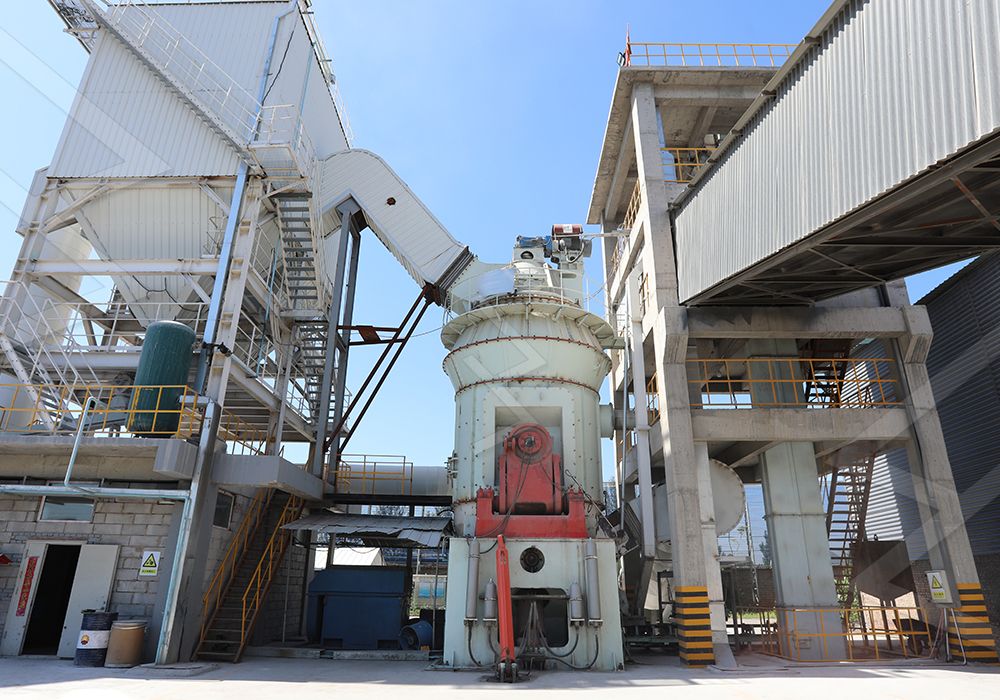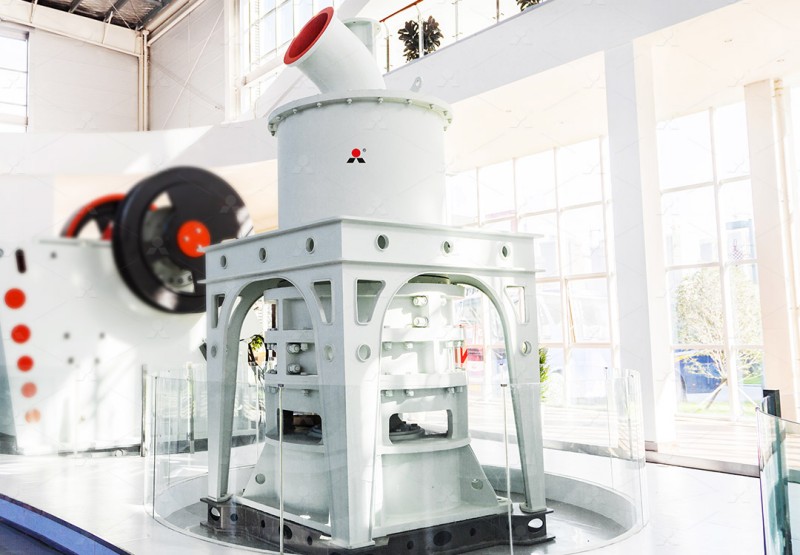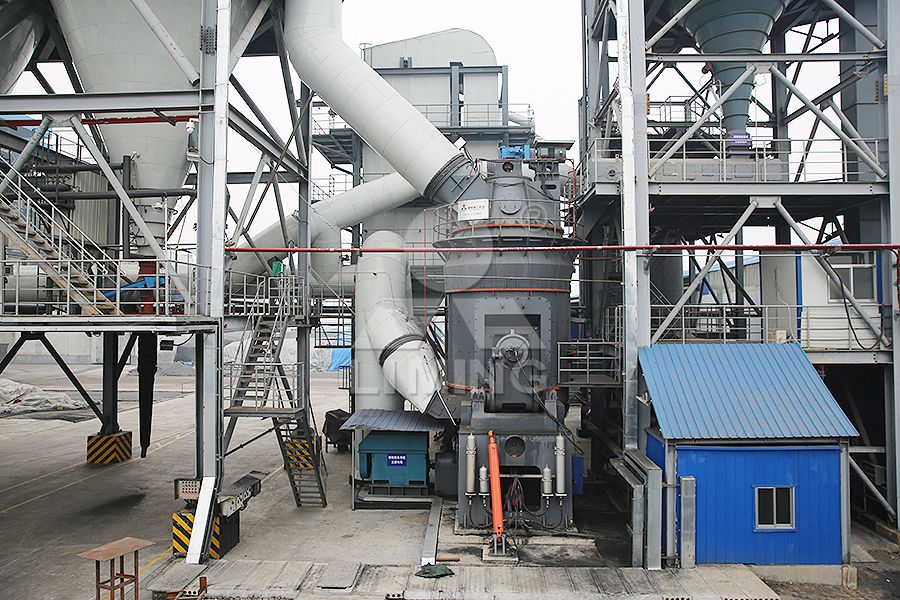Vertical Mill for Glass Grinding: Enhancing Efficiency in Material Processing
Vertical Mill for Glass Grinding: Enhancing Efficiency in Material Processing
The glass manufacturing industry demands precision, consistency, and efficiency in material processing to produce high-quality finished products. Traditional grinding methods often fall short in meeting these rigorous requirements, leading manufacturers to seek advanced solutions that optimize production while minimizing operational costs. Vertical grinding mills have emerged as transformative technology in this sector, offering superior performance characteristics specifically suited for glass processing applications.
Modern vertical mills incorporate innovative engineering designs that address common challenges in glass grinding, including particle size distribution control, energy consumption reduction, and environmental compliance. These systems integrate multiple processes—crushing, drying, grinding, classifying, and conveying—into a single compact unit, significantly reducing the operational footprint while enhancing overall system efficiency.

Technical Advantages in Glass Processing
Vertical mills excel in glass grinding applications due to their unique operational principles. The material bed grinding mechanism, where particles are crushed between rotating rollers and a stationary grinding table, creates a more efficient comminution process compared to impact-based systems. This method produces less heat generation, which is particularly beneficial for heat-sensitive glass materials that might otherwise experience thermal stress or alteration of chemical properties.
The controlled residence time of material within the grinding chamber ensures consistent particle size distribution, a critical factor in glass production where uniformity directly impacts product quality. Advanced classification systems integrated with these mills provide precise control over final product fineness, allowing manufacturers to tailor output specifications to exact application requirements.
Environmental and Operational Benefits
Contemporary vertical grinding systems address growing environmental concerns through integrated dust collection and noise reduction technologies. Closed-system operation under negative pressure prevents dust emission, while specialized silencing equipment maintains workplace noise at acceptable levels. These features not only ensure regulatory compliance but also contribute to improved working conditions and reduced environmental impact.
Operational efficiency is further enhanced through automated control systems that monitor and adjust key parameters in real-time. These digital interfaces allow operators to maintain optimal grinding conditions, track performance metrics, and quickly respond to process variations, ensuring consistent output quality while minimizing manual intervention.

Recommended Solution: MW Ultrafine Grinding Mill
For glass manufacturers seeking to enhance their grinding capabilities, the MW Ultrafine Grinding Mill represents an optimal solution. This advanced system is specifically engineered for customers requiring ultra-fine powder production, with capabilities extending to 2500 meshes—ideal for specialized glass applications where extreme fineness is paramount.
The MW Ultrafine Grinding Mill incorporates several innovative features that make it particularly suitable for glass processing. Its newly designed grinding curves of grinding roller and grinding ring enhance grinding efficiency significantly, achieving production capacity 40% higher than jet grinding mills and twice that of ball grinding mills with equivalent fineness and power consumption. Meanwhile, system energy consumption is reduced to just 30% of jet grinding mill requirements, delivering substantial operational cost savings.
Notably, the absence of rolling bearings and screws within the grinding chamber eliminates concerns about bearing damage or sealing part failures, while preventing machine damage from loose screws. The external lubrication system enables continuous 24-hour operation without shutdowns for maintenance, maximizing production uptime. Combined with efficient pulse dust collection that ensures dust-free operation, the MW Ultrafine Grinding Mill provides a comprehensive solution that addresses both performance and environmental considerations in glass processing.
Advanced Control and Precision Engineering
The integration of digital control systems in modern vertical mills has revolutionized process management in glass grinding operations. Programmable Logic Controller (PLC) systems enable precise regulation of grinding pressure, rotational speed, and other critical parameters, allowing operators to fine-tune processes for specific glass compositions and desired output characteristics.
Precision manufacturing techniques ensure consistent performance and reliability. Numerical control machine tools maintain tight tolerances in core components, particularly in grinding elements where dimensional accuracy directly influences grinding efficiency and product quality. This manufacturing precision, combined with robust construction materials, extends equipment service life while maintaining consistent performance over extended operational periods.

Future Outlook
The evolution of vertical mill technology continues to address the changing needs of the glass industry. Ongoing research focuses on enhancing energy efficiency further, developing wear-resistant materials for extended component life, and integrating smart technologies for predictive maintenance and optimized process control. As environmental regulations tighten and quality requirements become more stringent, vertical grinding mills will play an increasingly vital role in enabling glass manufacturers to meet these challenges while maintaining competitive production costs.
Frequently Asked Questions
What makes vertical mills particularly suitable for glass grinding applications?
Vertical mills offer several advantages for glass grinding, including precise particle size control, efficient material bed grinding that minimizes heat generation, compact footprint, and integrated drying capabilities. Their ability to produce consistent ultra-fine powders makes them ideal for high-quality glass production.
How does the MW Ultrafine Grinding Mill achieve higher efficiency compared to traditional grinding systems?
The MW Ultrafine Grinding Mill incorporates optimized grinding curves, advanced powder selection technology, and an efficient grinding chamber design without internal bearings or screws. These features collectively enable 40% higher production capacity than jet mills and 50% energy savings while achieving fineness up to 2500 meshes.
What environmental benefits do modern vertical grinding mills provide?
Contemporary vertical mills feature integrated pulse dust collectors that eliminate dust pollution, silencers that reduce noise emissions, and closed-system operation that prevents material contamination. The MW Ultrafine Grinding Mill specifically operates according to national environmental protection standards.
How does the maintenance requirements of vertical mills compare to traditional ball mills?
Vertical mills typically require less maintenance than ball mills due to designs that eliminate vulnerable components within the grinding chamber. The MW Ultrafine Grinding Mill’s external lubrication system and absence of internal bearings and screws significantly reduce maintenance needs and enable continuous operation.
What range of glass materials can be processed using vertical grinding mills?
Vertical mills can process various glass types and related materials, including silica, borosilicate, and specialty glass compositions. The MW Ultrafine Grinding Mill is capable of handling input sizes up to 20mm with production capacities ranging from 0.5 to 25 tons per hour, depending on specific material characteristics and fineness requirements.
